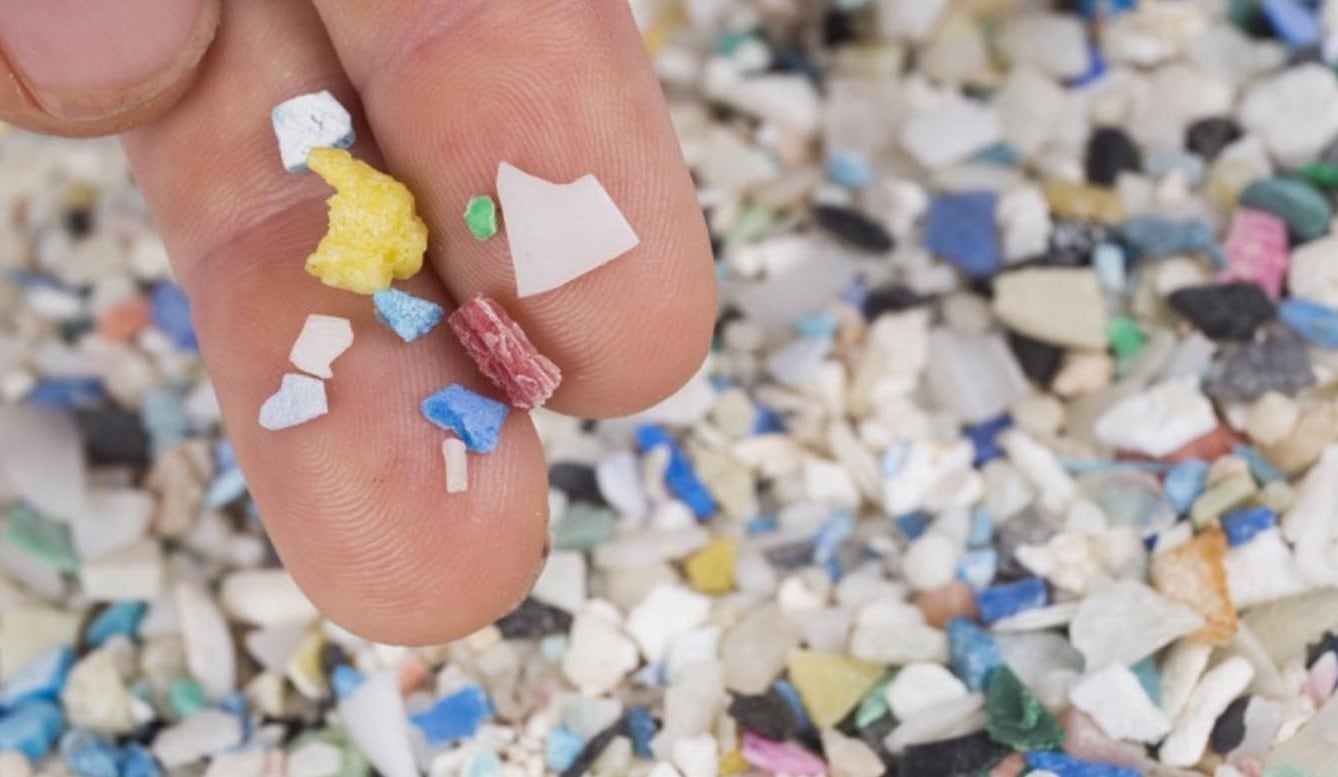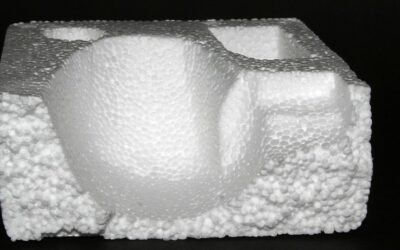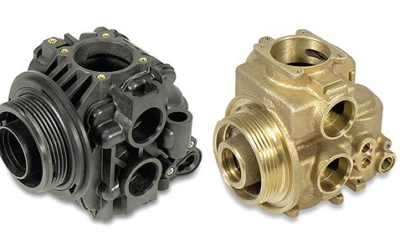Until now, wastewater treatment plants have not been able to sufficiently filter the tiny microplastics present in wastewater, but this could change soon: The first laser-drilled microplastic filter is being tested in a water treatment plant residuals. It contains sheets with extremely small holes of just 10 micrometers in diameter. The technology to efficiently drill millions of these holes was developed at the Fraunhofer Institute for Laser Technology ILT, and now engineers at the institute are expanding ultrashort pulse (USP) laser technology into the kW range.
Nowadays, sustainability is not an option, but much more an obligation, regardless of the technology that is being developed. Consequently, the laser industry is increasingly using USP technology to improve sustainability in many projects. Lasers are already used to increase the efficiency of hydrogen technology and to generate absolutely hermetic battery cases in electromobility applications.
In the BMBF-funded ‘SimConDrill’ project, Fraunhofer ILT has joined forces with industry partners to build a filter that can, for the first time, remove microplastics from wastewater. “Essentially, our challenge was to drill as many holes as possible, as small as possible, in a sheet of steel in the shortest time possible,” explains Andrea Lanfermann, project manager at Fraunhofer ILT.
Mobile filter plant in a wastewater treatment plant
After developing the process at the Fraunhofer ILT, the experts at LaserJob GmbH drilled 59 million holes with a diameter of 10 micrometers into a filter sheet, thus creating a prototype filter. Fraunhofer researchers are also collaborating with three other companies on this ambitious project. In addition to the project coordinator, Klass Filter GmbH, LUNOVU GmbH and OptiY GmbH are also involved.
In the meantime, laser-perforated metal sheets have been installed in the patented cyclone filter from Klass Filter GmbH and have undergone extensive testing. In the first test, fine dust from the 3D printers was filtered out of the contaminated water. The installation is now being tested under real conditions in a wastewater treatment plant.
Knowledge of the process is the key
Drilling millions of holes one after another takes time, but it can be done faster with the multi-beam process, in which an array of identical beams is generated from one laser beam by a special optical system. Fraunhofer ILT used this process with an ultrashort pulse laser (TruMicro 5280 Femto Edition) to drill holes simultaneously with 144 beams. The basis for such applications is detailed process knowledge, which has been collected at Fraunhofer ILT for decades and implemented in the corresponding models and software. Thanks to this knowledge, you can vary the parameters on the computer and quickly find the optimal process parameters. You can also analyze the robustness of the process before testing the application.
In parallel to this drilling application, a consortium of six partners is working on the best way to integrate a multi-beam processing system into an industrial machine. In the EU project ‘Multiflex’, researchers together with industry are increasing the productivity of laser-scanning material processing using multi-beam processes. The particularity of this project is that all the partial beams can be individually controlled and therefore used to produce any type of surface structure. The project partners aim to increase the speed of the process by a factor of twenty to fifty, making the entire process much more profitable.
CAPS: scaling in the kW range
Process knowledge is also a critical factor in further expanding material processing with ultrashort laser pulses with or without multibeam optics. When power is increased to the kilowatt range, thermal damage to the part can occur. These effects are explored through complex simulations, and processes can be adapted accordingly.
The laser systems for these experiments are available from the Applications Laboratory of the Fraunhofer ILT in Aachen. They are part of the Fraunhofer Cluster of Excellence Ad-vanced Photon Sources CAPS, where 13 Fraunhofer institutes jointly develop laser sources, process technology and applications for USP laser powers of up to 20 kW. A second CAPS laboratory operates at the Fraunhofer IOF in Jena.




